One of the most favorite fruit trees, apple trees, can be found in almost any garden or in the preservation site. Despite complex climatic conditions, fragrant, tasty and useful fruits are grown even in the Urals. Naturally, not every sort of apple tree is suitable for growing in regions with sharp fluctuations of weather conditions, extremely low temperatures in winter and short summer. What kind of apple trees to choose to grow in the Urals? When to land seedlings and how to care for a young plant? Details about these and other cultivation issues of apple trees in the Urals - in this selection of material.
What apple trees to plant in the Urals?
Typically mountain, severe continental climate of the Urals predetermined the cultivation of only the most enduring and adapted to these natural conditions, plants. Moreover, the climatic conditions of the Urals vary depending on the region and location in relation to the Ural "stone belt". In the West, from the Mountain System of the Urals, the climate is more wet and soft than in the east (actually behind the Ural Range). These features are important to consider when landing and choosing a plant variety for the Urals.
Fruit trees, in particular an apple tree, are also no exception.
What kind of apple trees are best suited for the Urals?
Breeders brought enough hardy and winter-hardy apple trees for the Urals. They are distinguished by high adaptation to specific climatic conditions and are able to give good yields.
Conditionally, such varieties of apple trees can be divided into 3 groups:
- "Ranetki". The most winter-hardy bush shape apple trees with small (15 g) fruits.
- "Semi-courses". Frost-resistant varieties (with an average level of winter hardiness) of a bush form with larger in size fruits (15-130 g).
- "Stone". Large varieties with a low level of winter hardiness. A feature of the group is an artificially shaped elaborating stalancing crown of a tree.
The best varieties of apple trees for the Urals
For the Urals it is necessary to choose enduring frost-resistant zoned apples, summer, autumn or winter varieties. The cultivation of one or another variety of apple trees depends on the particular region of the Urals, its climatic features and the diversion of the ripening of fruits.
Consider the most popular and proven varieties of apple trees for the Urals and Siberia. Description and characteristics of the Ural apple trees will help you decide on the choice.
Crash "Antonovka", apple tree for the Urals
- One of the best winter apple trees for the Urals. Differs good frost resistance.
- It is characterized by large sizes of a tree and an empty wide crown.
- Fruits are large, weighing about 130-150 g, with greenish yellow skin and juicy white flesh. The taste of fruits with a noticeable "acid".
- Ripening apples falls on September, but consumer maturity comes only in a month. Yield reaches up to 300 tg kg from one adult tree.
- Apples "Antonovka" can be stored for up to 3 months. Used both in fresh and in recycled form (compote, juices, marmalade).
Sort "White Pouring", Apple Tree for Urals
- Summer apple tree for the Urals is unsuitable for long-term storage. The maximum storage time is no more than 2 weeks.
- Winter-hardy variety of medium sizes, with a rounded crown, easily formed into a stealing squat form.
- The fruits of medium sizes (100-130g) and rounded shape with yellow-green leather. The flesh is white, juicy, coarse, taste - sour sweet.
- Ripening apples occurs in August, yield - 100 kg from one tree.
- Fruits can be used in a fresh form or for processing (for conservation).
Melba variety, apple tree for the Urals
- Summer grade with late maturation. The tree requires reinforced trimming due to the formation of a multiple reprehensive long branches.
- The height of the tree is average, the crown of the rounded shape, in the Urals and Siberia bowl form the shape of the chamber.
- The fruits of light green with a beautiful red blush and a mass of up to 200-t. Sweet white flesh has a pronounced caramel fragrance.
- Apples ripen in August are subject to long-term storage (until January). Average yield from one tree - 100-120 kg.
- The variety has medium frost resistance, the fruits are used in the fresh and processed.
Sort "Pairing", apple tree for the Urals
- Summer stalancing variety of apple trees ripen in August. It is considered a variety of universal destination.
- Grade Selfless, needs pollinator. Usually sitting next to the most suitable for this, the variety of Apple "Welshi".
- An apple tree tree is distinguished by a moderate growth rates, a thick crown.
- Rounded and slightly ribbed fruits of apple trees are covered with greenish yellow peel. Ruffy pulp sour and sweet taste. Fruits of small sizes, up to 100 g
- The collected apples are stored no more than 1 month. The yield is high, on average ranges from 150 to 250 kg from one tree.
- The variety is characterized by high resistance to frost and diseases.
Sort "Welshi", apple tree for the Urals
- Winter variety apple trees for the Urals, whose homeland is America. Harvesting falls on the autumn period (September, October).
- The mid-size tree is highlighted by the pyramidal form of the crown. In the Urals prevails the stalancing form.
- Greenish-yellow, with a red blush, the fruits of medium sizes, weighing the 100-150 g. Crispy flesh of sour-sweet taste, with a slight pink tinge at the peel.
- The assembled apples can be stored until January. Yield up to 200 t kg from a tree.
- Mid-sized frost resistance.
Sort "Silver Copyats", apple tree for the Urals
- A variety belongs to the group of semi-cougro, is considered an excellent unpretentious summer variety for the Urals.
- Tree low size, with a rounded and well-branched crown. Need regular trimming.
- The first fruiting begins 3-4 years after landing.
- Scrolling grade is characterized by small rounded fruits, weighing no more than 80-90 g. Peace ripened cream-colored apples with an orange tint. Small-grained pulp structure - juicy, with pleasant sour sweet "notes".
- Full ripening of fruits falls on August. Apples are stored 1-1.5 months. The yield is medium, 150 kg from one tree.
- The grade is highly resistant to low temperatures and diseases; Required to the nutritional of soil and moderate moisturizing.
- The assembled apples are suitable for consuming fresh and for processing.
Sort "Autumn gift", apple tree for the Urals
- Autumn, universal in use, high-yielding apple trees.
- Tall, resistant to low temperatures and diseases, grade.
- Fruits of cloths of large sizes (140-150 g), flat round shape, yellow. Soft, yellowish color, pulp is different with a sweet taste, during cutting for a long time does not get dark.
- Harvesting begins at the end of the summer - early autumn. Yield - 140-150 kg, storage time - up to 2 months.
- Apple tree is recommended to plant with a variety of pollinator. The best companion is the apple trees "Anis Sverdlovsky".
Sort "Striped", apple tree for the Urals
- The raven summer grade maturing already in the month of July.
- The medium-sized tree with compact, not too branched, crown.
- The fruits are distinguished by an elongated, ovoid, shape and small sizes. Apple weight does not exceed 70-80 g.
- An apple with red-pink peel has a juicy grainy, white, flesh. The taste of fruit - sour sweet.
- An yield with one apple tree is 130 kg, the fruits are stored no more than 1 month.
- Highly frost-resistant apple trees needed an additional pollinator. Best of all, such varieties are suitable for these purposes as "prize", "Cream Cream", "Miaskoe".
- Fruits are fresh and recycled.
Sort "Ural Square", apple tree for the Urals
- Popular autumnal apple trees, derived by breeders specifically for the Urals. Saplings quickly adapt to new grade conditions and begin to be fruit already for the 2nd year after landing.
- The grade belongs to the group of fine-cooled semicard. The average apple tree rosy tree is characterized by a thick dowel crown.
- Small fruits (up to 30 g) thick "crack" the tree, allowing you to collect up to 200-t kg from one instance. Fruits are stored for about 2 months.
- Yellow green ripe apples have glossy - smooth skin and juicy sour sweet white white flesh.
- Consumer maturity comes to the middle of autumn, although it is possible to use apples in September.
- The variety differs from other varieties in several maturity periods, depending on the purpose of consumption. So, for the preparation of juices, apples are collected earlier than the flesh is still quite solid and juicy. After a certain time, the fruits are most suitable for use in the fresh form, then the pulp becomes slightly softer and gentle. And the latter disrupt the fruits for the preparation of jam or jam, when they "hung as much as possible" on the branches and the flesh became soft and militant.
- The variety is characterized by high frost-resistant properties.
Sort "Uralets", apple tree for the Urals
- A zoned grade for cultivation in the Urals. Trees are stripped, durable.
- The ripening of fruits begins early in autumn, in September. The duration of the storage of torn fruits is not more than 1.5 months.
- Apples of small sizes, 50-60 g, light, cream color with a light red blush.
- A highly stable variety of apple trees towards diseases, pests and strong frosts.
Sortney "Snowdrop", apple tree for the Urals
- Winter low grade with late maturation. The tree reaches no more than 2 meters in height.
- The fruits are very tasty and fragrant, medium sized, red shades.
- Winter-resistant variety, unpretentious to the unfavorable conditions of the continental climate of the Urals.
- The variety is valued for a long duration of storage of ripe apples. Fruits are perfectly preserved for 4 months.
- Among the disadvantages of this variety of an apple tree is poor tolerance of a dry period.
Variety "Beauty of Sverdlovsk", apple tree for the Urals
- Common high-yielding apple trees apple trees for growing in the Urals.
- A tree with an average growth rate and a compact crown. Does not tolerate strong winds or drafts.
- Fruits of large sizes, cream color with a bright blush.
Thus, the best winter varieties of the Urals for the Urals are the "Welcy", "Snowdrop", "Beauty of Sverdlovsk" and "Antonovka".
Among the summer apple trees, such varieties are best suited for the Urals as "summer striped", "silver hoof", "papiring", Melba and "White Pouring".
From autumn varieties, the "Gift of the Autumn", "Ural Self-Bulk" and "Uralets" should be highlighted.
Of course, it is impossible to describe all existing varieties intended for landing in the Urals.
Experienced gardeners, when planting several varieties of apple trees, recommend purchasing varieties of seedlings in proportions 2: 2: 6 (summer, autumn, winter grade). So, it will be possible to get the maximum yields of apples and provide the whole seven year-round presence "on the table" of useful and delicious fruits.
Dwarf apple trees for the Urals
Very popular, especially lately, steel varieties of low apple trees for the Urals. Compact miniature dwarf and semi-class strucks for the Urals occupy a minimum of garden space, characterized by endurance and highly yield.
Many low-grade apple trees are perfectly adapted not only in the southern Ural gardens, but are suitable for growing and in the northern regions.
- The most attractive for the southern Urals and the Middle Volga region became low-spirited apple trees - semi-dates, reaching in height from 3 to 3.5 m. Trees are distinguished by softenness and high-yield.
- Most of the semi-dwarf varieties of apple trees derived by breeders for the Urals are well compatible and quickly coming up with "clone" comb. At the same time, a commodity harvest occurs on the 4-5th year after planting seedlings.
- Experienced Gardeners of the Urals recognize colon-shaped varieties of apple trees the most successful and appropriate form for the Ural climate. Compact trees with a crown shape in the form of a column, convenient to strengthen the winter, they significantly save the area and make good crops.
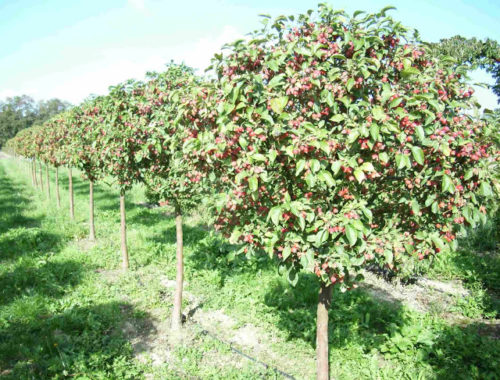
Colon's apple trees for the Urals
Feedback to the colon-hair apple trees in the Urals, testify to the effectiveness and a number of advantages of these trees compared to ordinary forms.
In addition to the above advantages, colon-shaped apple trees are growing no higher than 2.5 meters, with a diameter of the crown only 50 cm. For example, 10 such "columns" replace one classic apple tree. In addition to the "comfortable" dimensions, colon-shaped varieties are characterized by sipordiness and are capable of active fruiting already on the 2-3rd year after landing.
Among the best winter-hardy varieties of colonum apple trees for the Urals, the following should be highlighted:
- Grade "Currency" - a variety of colonum apple trees.
- The "president" variety is characterized by late maturation and high flavors of fruits.
- Vasyugan variety - has high frost resistance, with autumn timing of ripening apples. Hurry, high-yielding and very tasty variety.
- The "Iksha" variety is an early summer variety, with a high degree of frost resistance.
- The variety of "Medok" - has a honey aroma and a sweet flavor of fruits. Well tolerate the harsh winters of the Urals.
- The Arbat variety is distinguished by the average duration of the ripening of fruits, resistant to temperature drops.
In addition to the listed universal varieties of colonum apple trees, in the regions of the Southern Urals are recommended to grow more grades as: "Waltz", "Chervonets", "Dialogue".
The best colonum apple tree for the Middle Urals is recognized by the "President". According to gardener reviews, this highly frost-resistant apple tree is perfectly worried about the natural nevness of the Urals, demonstrating good annual yields.
Where to buy an apple tree for the Urals?
Saplings of an apple tree planned for cultivation in the Urals, it is worth buying in those regions where the variety will be planted directly. Also nearby nurseries or garden centers are also allowed, whose climatic conditions are close to where it is planned to plant an apple tree. Only in this case, young plants will be maximally adapted to the local climate, quickly fit in a new place and will demonstrate high stable yields.
Even when buying a zoned varieties of apple seedlings, there are risks of frozen plant during return or early frosts. The unpredictable climate of the Urals does not give 100% warranty. That is why it is important to plant on the plot not one, but several, diverse, varieties of an apple tree (with a different vegetation period, the timing of flowering and the ripening of fruits, the level of frost resistance). In this case, with unforeseen freezers, it is possible to preserve the crop at least one or two varieties of apple trees.
- By purchasing apple seedlings, you should not also forget about pollinators' varieties intended for landing nearby.
- When buying apple seedlings with an open root system, it is important to carefully examine the roots. Outwardly, they should look healthy, without damage, thickening (swolves) or rot. Roots should not be cut, optimal length - 30 cm. The main trunk of a healthy high-quality seedling will also be smooth, without growths.
- Buy better than 1-2-year-old seedlings, as young plants adapt faster and take root in a new place.
Features of planting apple trees in the Urals
Any variety, even selected for landing in the Urals, needs competent landing and proper care of seedlings.
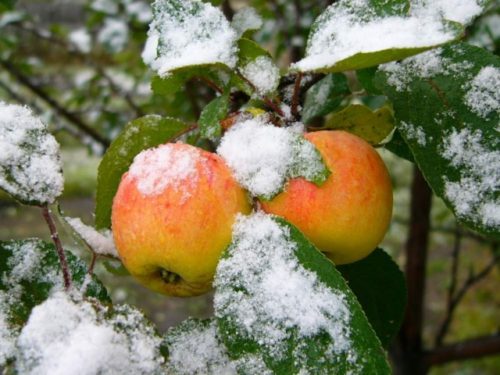
Place and time to plant an apple tree in the Urals
- Apple seedlings planted in an open ground with warm spring or autumn. As a rule, this period in the Urals falls at the end of April or the beginning of October months. The main condition for the successful survival of a seedling is the lack of frosts and an abundance of moisture. With a too early landing, a late awakening of the kidneys, vulnerable to return freezers, is possible. With too late landing - high risks of freezing a young rapid plant.
- A place for planting an apple tree in the Urals choose a warm, sunny (from the south side), but protected from drafts and strong northern winds.
- It is best if the landing site is not even, but with a tilt, which will prevent unwanted moisture stagnation. In no case should not land a tree in lowlands, where cold air is settling and moisture can accumulate, provoking the rotor's root rotting.
- The most preferred soil for planting apple - fertile lungs or average loams and sues with a neutral medium reaction. In the period of active vegetation, apple trees are extremely necessary high content in soil nitrogen, potassium and phosphorus. The presence of these nutrient elements directly affects high-quality and quantitative indicators of yields. "Sour" soil also negatively affects the level of yield and plant development.
- It also is also not desirable groundwater. Moreover, for tall varieties - water should be at a depth of at least 7 meters, and for low-speed - enough 3-4 m from the surface of the Earth.
Agrotechnology planting an apple tree in the Urals
- Before planting a seedling, a plot is preparing in advance: the soil is released from weeds, dripped the ground and make organic feeding. Soils with a high acidity indicator should be "risks" by adding lime.
- In the case of the prevalence on the plot of heavy clay soil, the sand must be added to the ground.
- The landing point is also prepared in advance (2-3 weeks before landing) so that it gives the maximum shrinkage. At the same time, the upper layer of the Earth is removed and assigned to the side. In the pit flooded with humus and pour water.
- The diameter and depth of the pit is about 70-100 cm, depending on the grade of the seedling and the size of its roots.
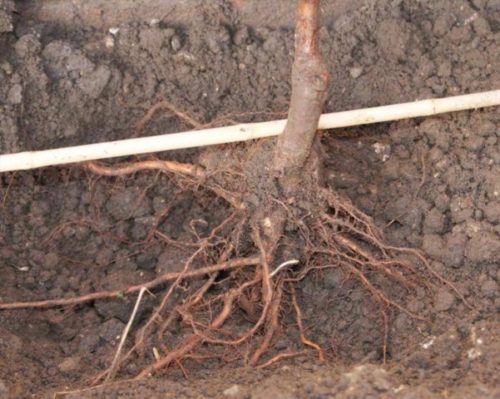
- If stagnation of water is possible on the site - prepare artificial drainage. To do this, you can pour a drainage layer at the bottom of the landing pit (from rubble, broken brick, ceramzit) or to build a drainage ditch.
- Immediately before landing, the pit on 1 \\ 3 part is filled with a mixture of the removed upper layer of soil mixed with humus (compost or peat). Fresh manure when landing is not used, only overwhelmed. With the meager composition of the soil appropriate to enter phosphorus-potash fertilizers.
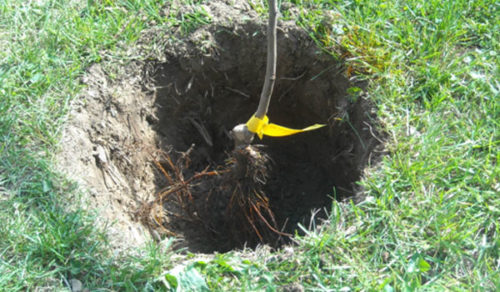
- The roots of a young seedling spread. On the side, a wooden peg is clogged into the landing jam - the future support for a sapling.
- Falling asleep soil soil and, periodically tamping the soil, it is important to leave about 5 cm root neck on the surface of the Earth.
- After planting, the plant sapling is freely tied to the support and is abundantly watered with water (20-40 l). The rolling circle is mulched by humus or peat.
- If the planted seedling in the future needs a "pollinator", approximately planted apple trees. The distance between the tall apple tree specimens should be about 5-6 m, between the middle row trees - 4 m, and for the lowest, there will be enough 2.5-3 m. The lack of an area between adjacent trees has a negative effect on the development of an apple tree: due to lack of solar lighting Their growth slows down, air circulation deteriorates and, as a result, yield is reduced.
- Hutting the colon-shaped apple trees on the site, the interval between the "Colonami" is held - 0.5 m, and in a bent 1 m.
Apple trees in the Urals, care
Changeable weather conditions of the Urals require a special approach to the care of apple trees. In addition to the traditional watering, loosening and feeding, the key agrotechnical event of successful cultivation of apple trees in the Urals is the shelter of trees for the winter.
Caring for the garden, you can also artificially bring the fruction of an apple tree, to independently create your own hybrid variety or multiply an existing instance. Make it in the Urals possible thanks to the vaccination of the apple tree in the spring. This manipulation is considered rather complicated and "subject to" only experienced authoritative gardeners.
Watering and loosening apple trees in the Urals
- Apple trees, especially at first after landing, need regular and abundant irrigation.
- The average irrigation rate is 1-2 times a week.
- Adult trees are watered less often, only in a very dry summer period.
- After irrigation, the rhythm roar, ensuring sufficient soil aeration.
- The tree reacts to the mulching of the site in the root zone.
Fertilizer and feeding apple trees in the Urals
- Fitting fertilizers are carried out from the 2nd year of the life of a seedling in a permanent place.
- Fertilizers or feeding are brought, as a rule, in the spring or autumn period. In a long arid period, you can also make a summer feeding of nitrogen-containing fertilizers.
- Organic or nitrogen, phosphoric and potash fertilizers are used as an additional nutrition. Moreover, in the spring, preference is given to nitrogen-containing complexes, and in the fall - the rest, the above fertilizers.
- Good results gives spraying ground (green) part of the plant with special solutions with nutritional trace elements.
- After making feeding, the plant is abundantly watered with water so that fertilizers "hit" to the roots.
Fighting diseases and pests of the apple tree in the Urals
- The "worst enemy" apple tree is considered an apple fruit. The butterfly is able to completely destroy the harvest of apples, drinking the seeds and the flesh of the fruit after the formation of the wound. In order to protect the planting of an apple tree from a similar pest in preventive purposes, you should collect fallen apples, destroy dry leaves on Earth, pull the rolling circle. If the insect has already appeared on the trees of the apple tree, they will need insecticides for spraying.
- To protect the fruit tree from pests and possible diseases, it is necessary to break the barrel of lime or a chalk solution.
- There is also a disease of the apple tree. At the same time, the lesion of the surface tissues of leaves, fruits, and shoots is observed. Fungicidal preparations are used to treat the disease.
Apple tree trimming in the Urals
- After planting a seedling in the spring, the main escape is cut off, with autumn landing - do not touch, in order to avoid frozen seedling in winter.
- In addition to trimming, the first year also recommends that all inflorescences are also recommended, for better development of the apple tree and saving "Forces" in the winter.
- Apple tree crown forming is carried out on the 2nd year after planting a seedling. The trimming is carried out in the spring, not "sparing" shoots, which stimulates the active growth of the branches.
- Caring for the apple tree in the Urals in the spring also includes mandatory sanitary trimming. At the same time remove damaged, dry or sick shoots.
- As "mature" carry out a rejuvenating trimming.
Shelter for the winter of an apple tree in the Urals
- The climate of the Urals requires a mandatory winter shelter of apple trees. For this, the barrel is tied with burlap, and the crown is covered with film or agrofluorine.
- It is especially dangerous to freezing the soil, which can entail damage to the roots of even very hardy varieties of apple trees. In this regard, in the fall, the priority circle "insulate" peat, sweetheart or humus. The layer of such a mulch is about 10 cm, it would be fine with a foliage or snow.
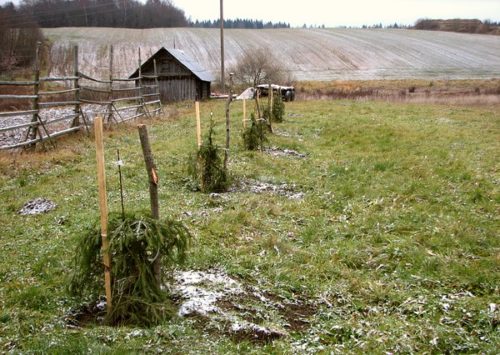
Perhaps being a gardener in the harsh Urals is not easy, but to grow your own natural and tasty apples are quite real. The main thing is to choose the apple trees suitable for the climatic conditions of the Urals, to know how to put a seedling as correctly and how to care for him.

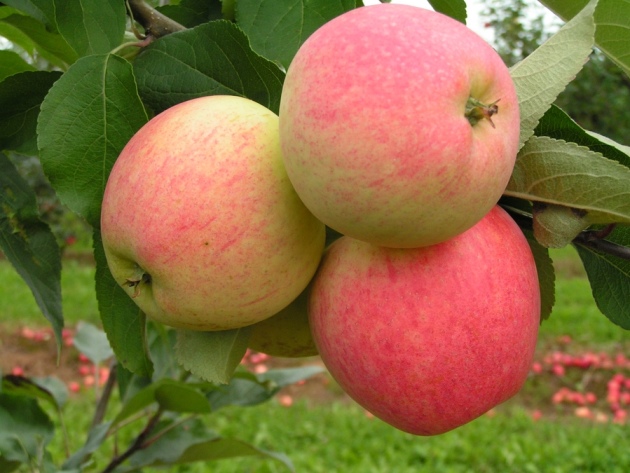
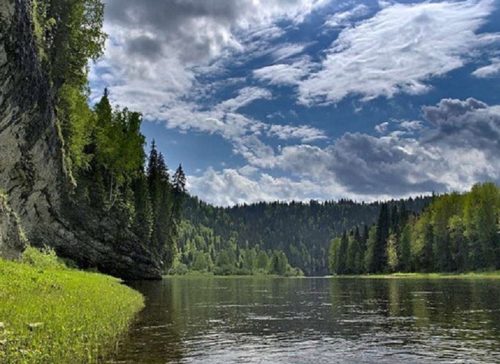
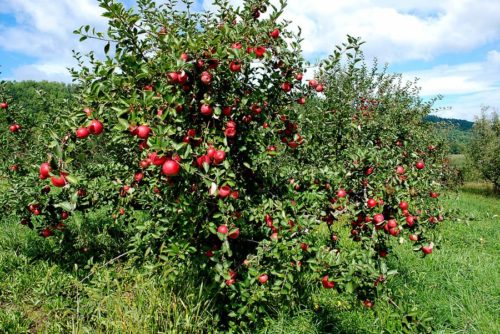
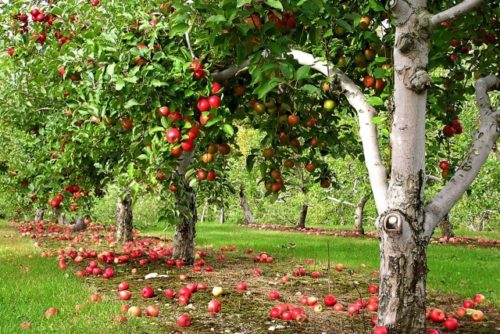
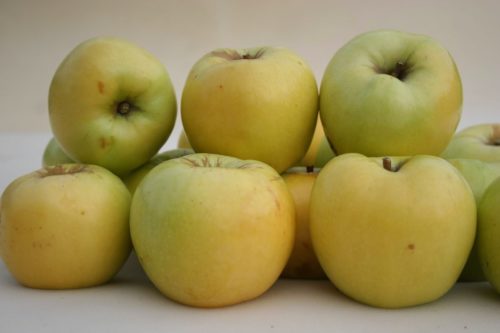
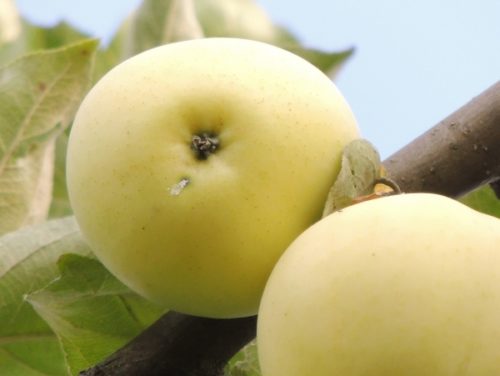
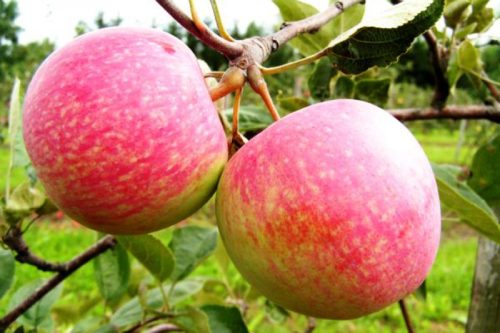
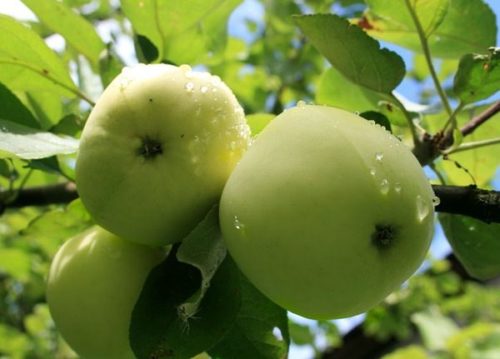
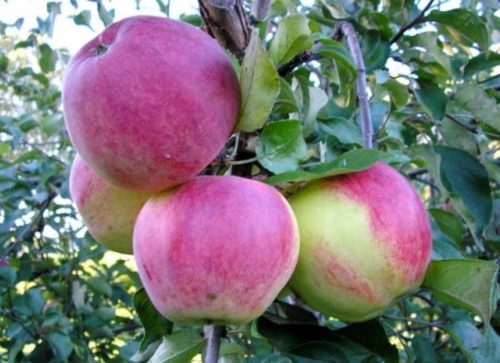
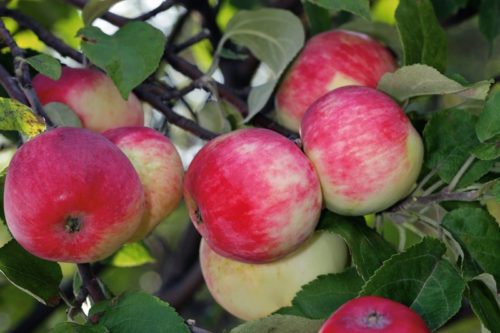
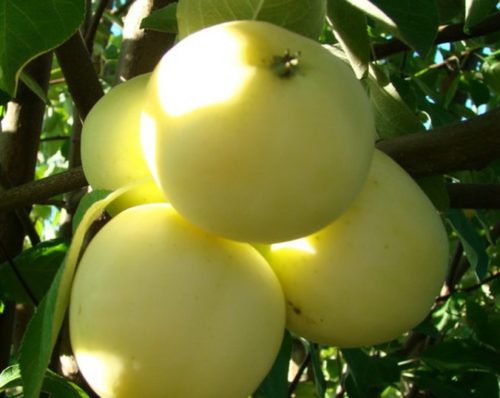
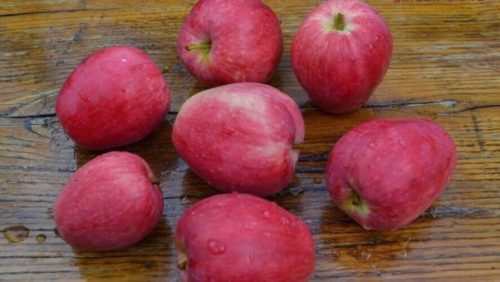
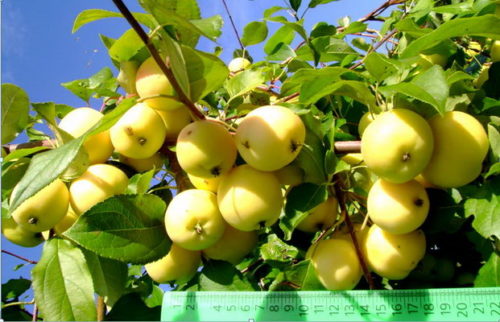
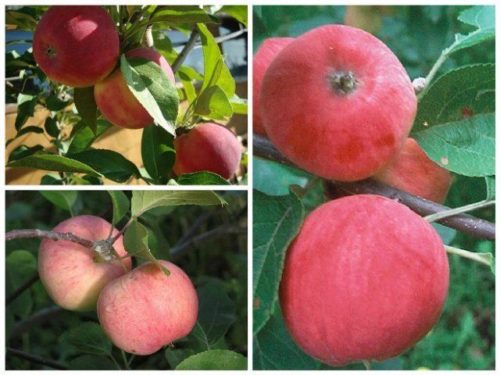
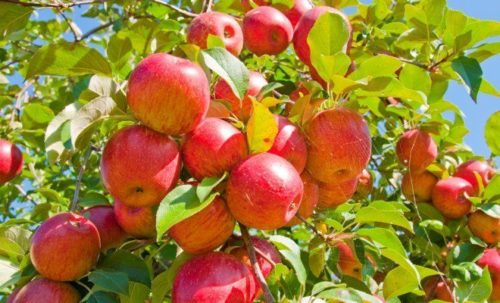
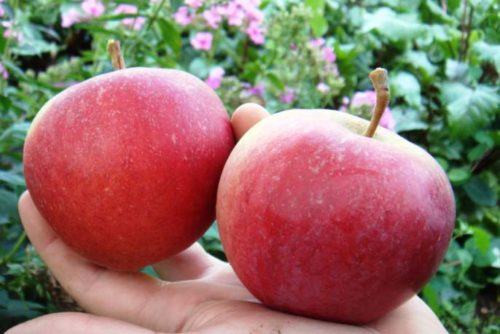
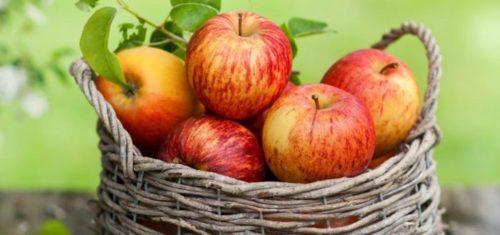
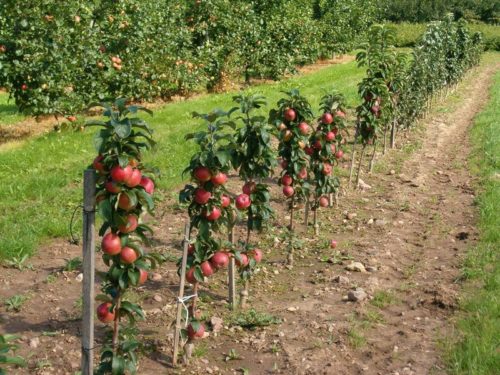
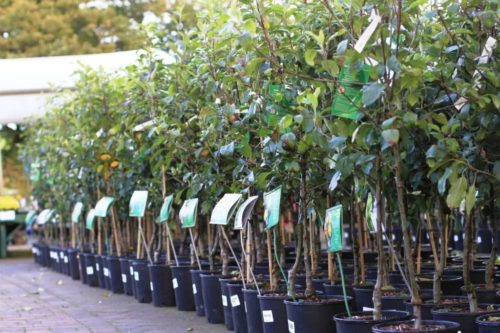
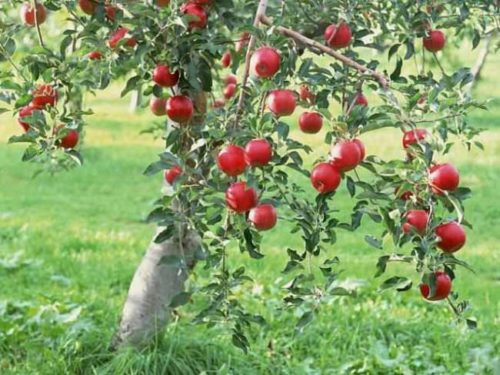
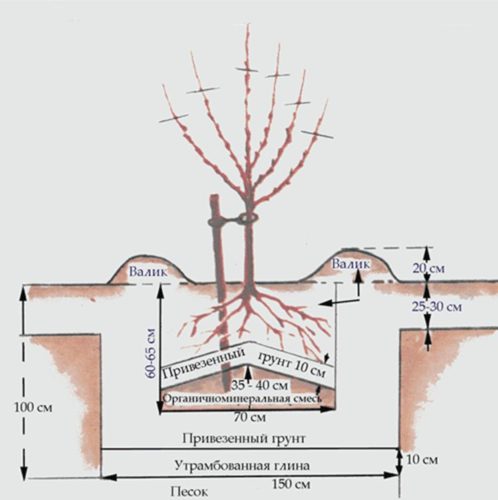
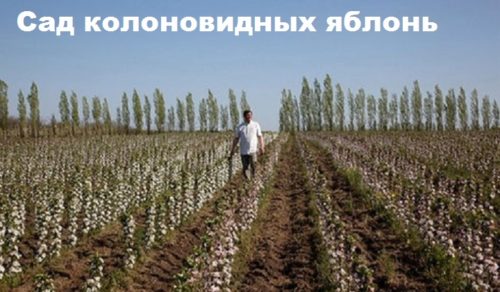
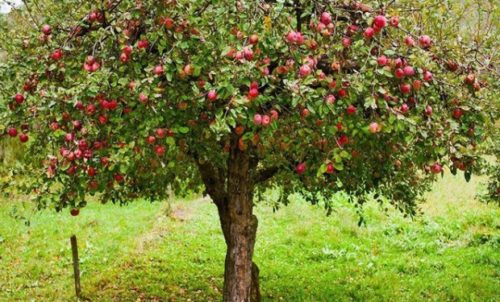
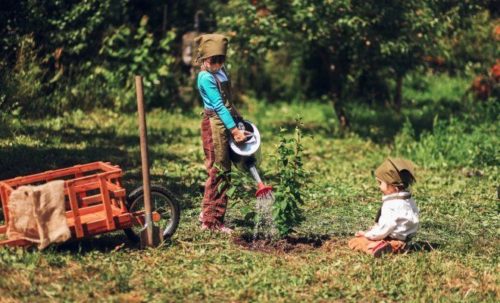
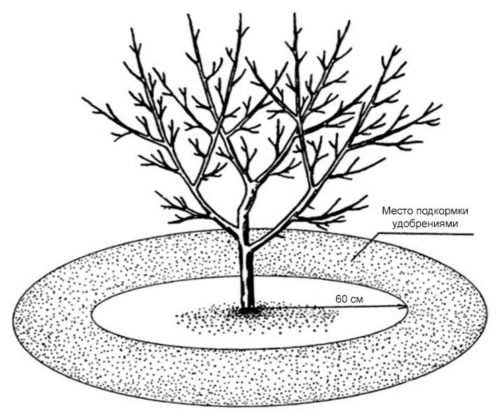
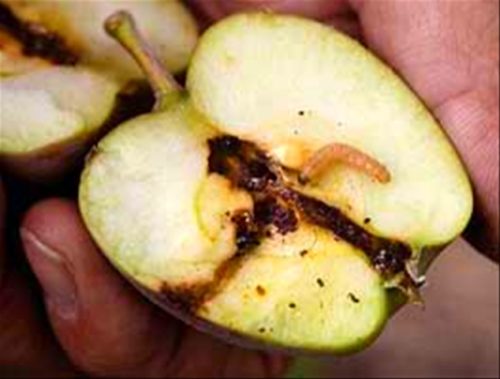
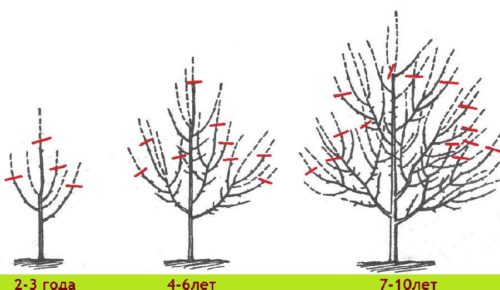
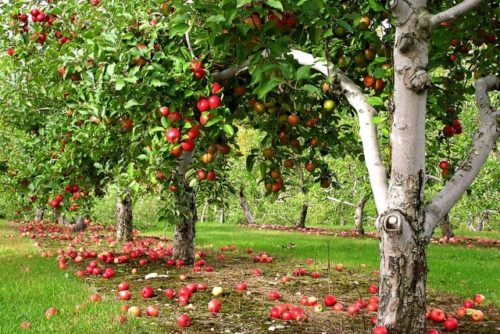
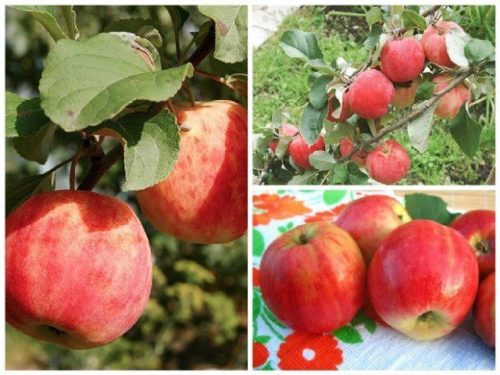
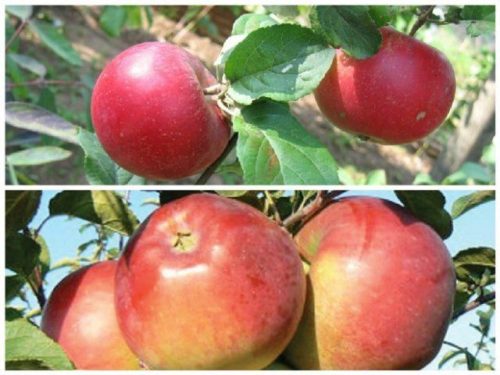
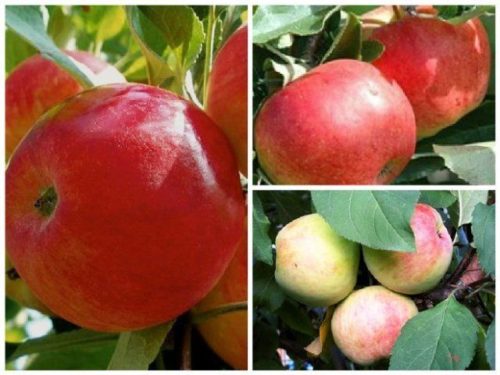
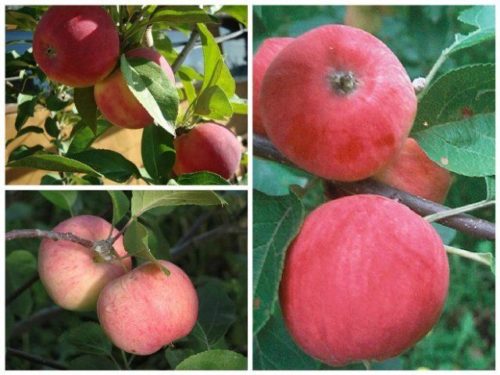
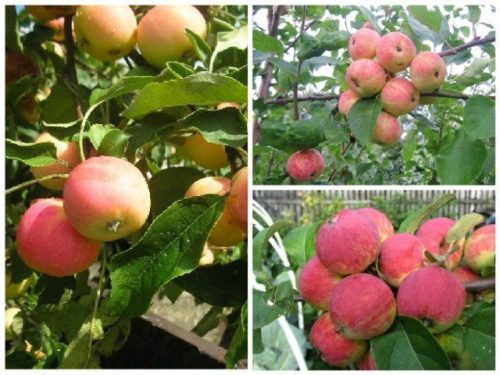
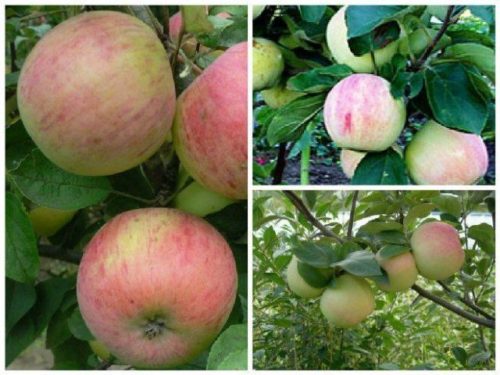
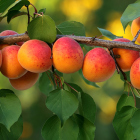
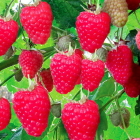
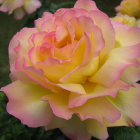
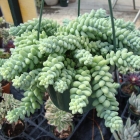
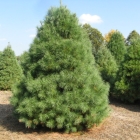
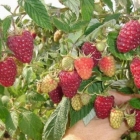
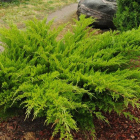
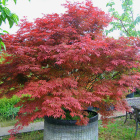
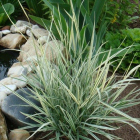
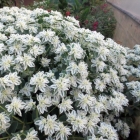
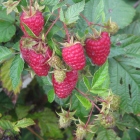
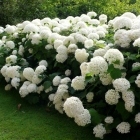
 Start a discussion ...
Start a discussion ...